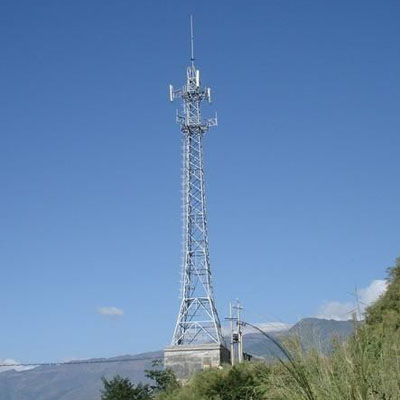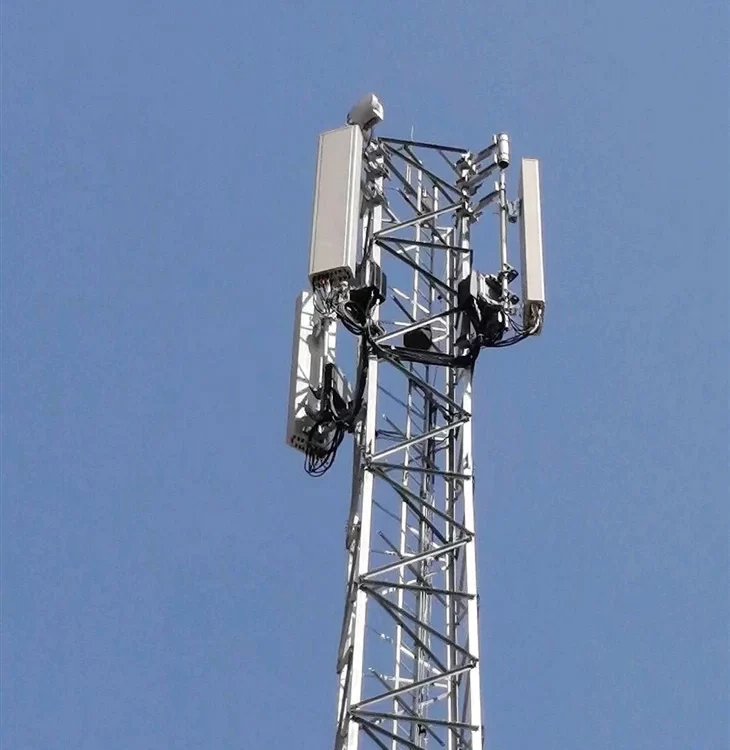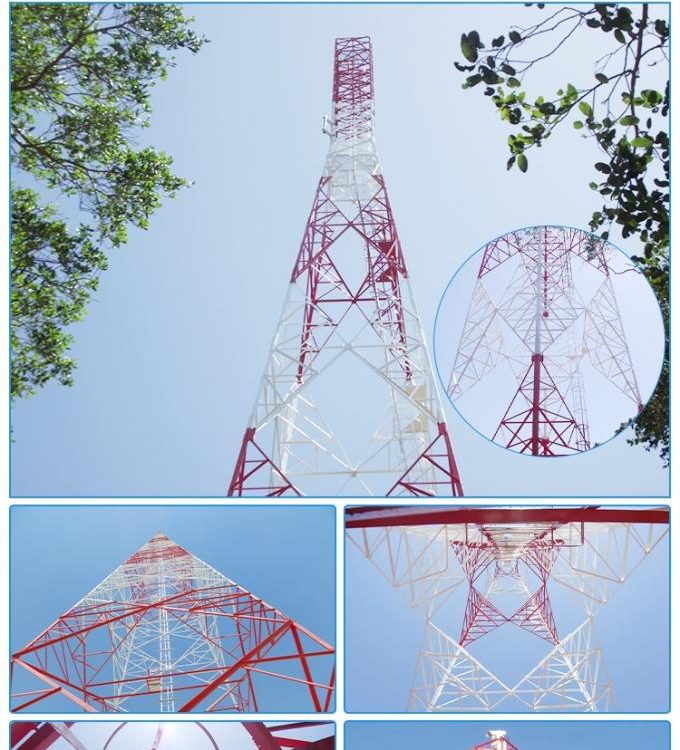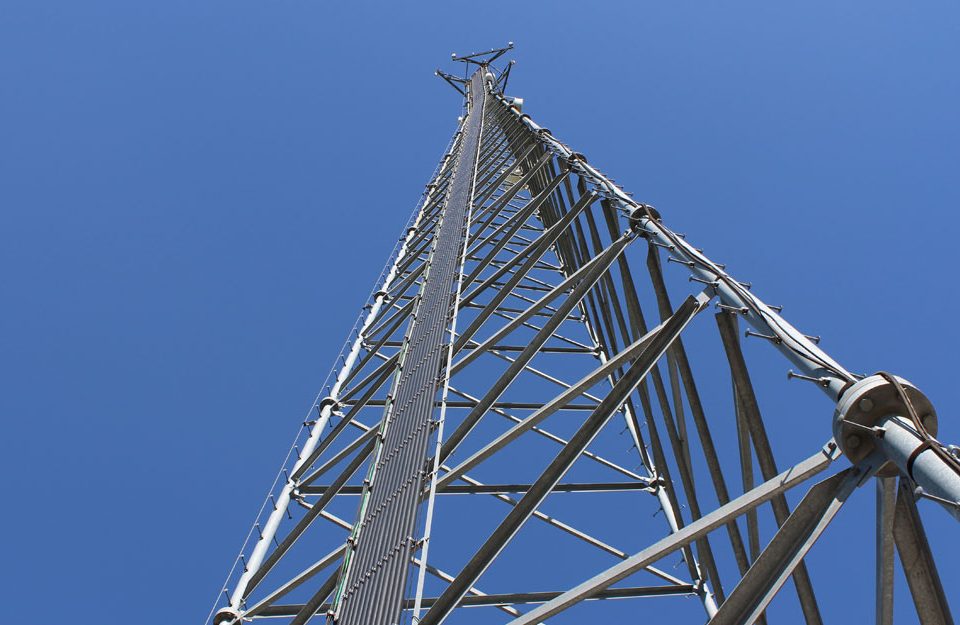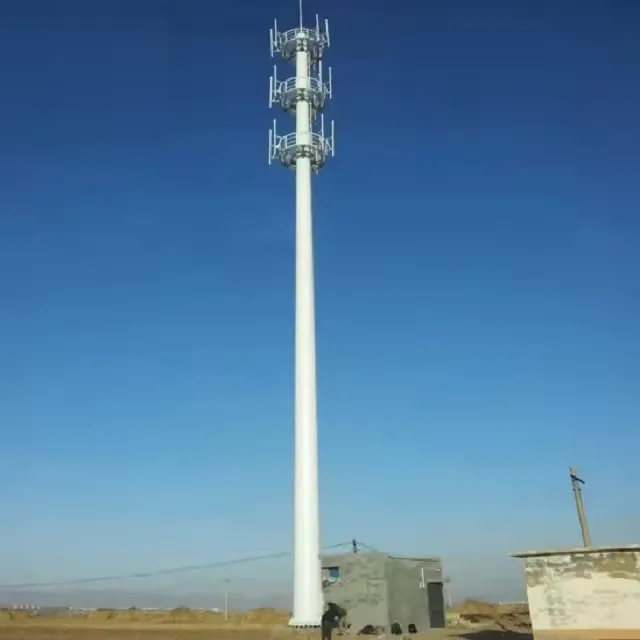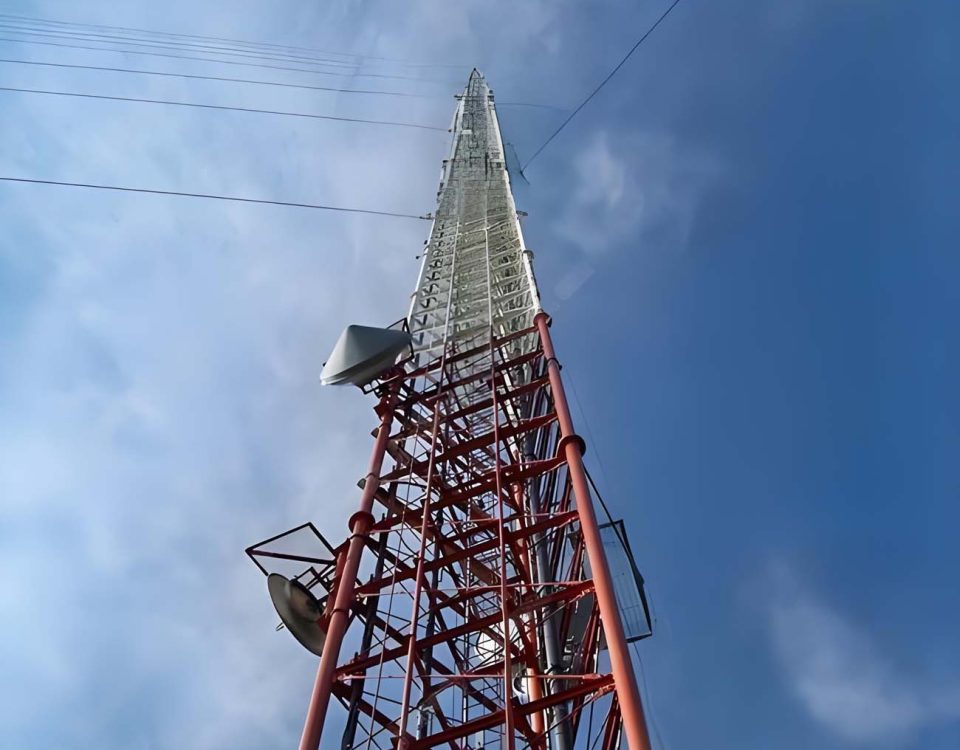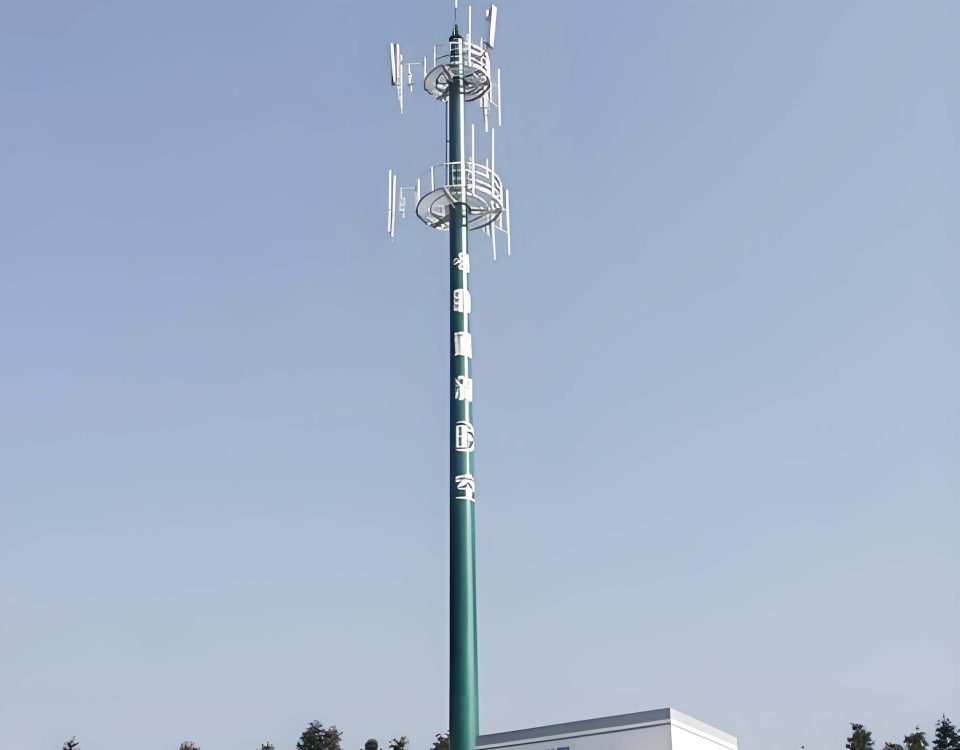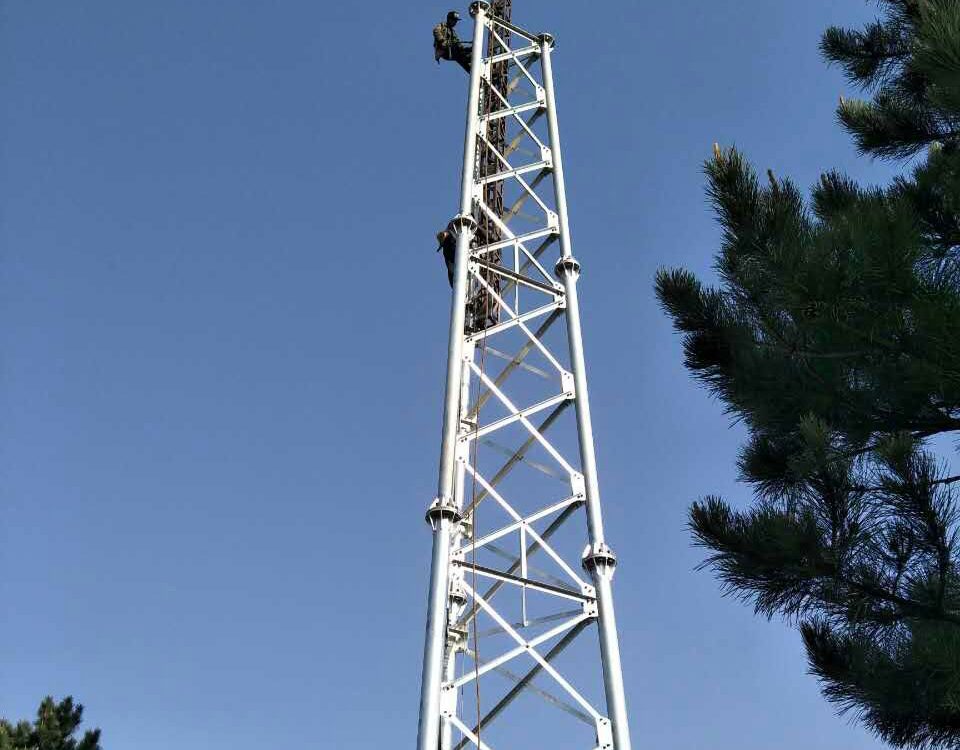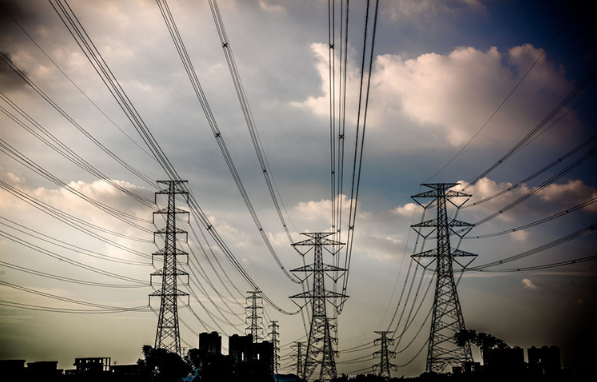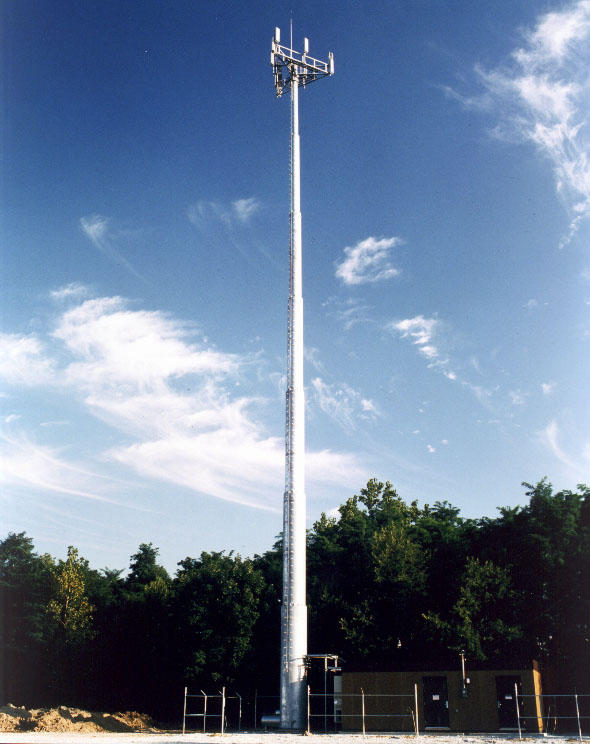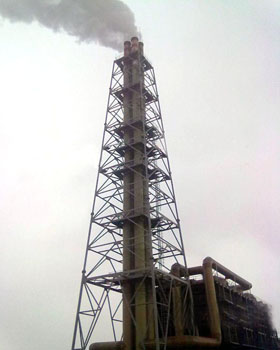
Chimney Tower,Torch Tower
July 19, 2018
Bionic Tower,Camouflaged Tower,camouflaged cell towers,
July 26, 2018classifications of communication tower, signal transmission tower
classifications of communication tower
The communication tower adopts a self-standing high-rise structure, which can be divided into an angle steel tower, a steel tube tower and a single-tube tower according to the sectional form of its components.
(1) Under normal circumstances, the angle steel tower should adopt a polygonal line with a horizontal section of square shape and an outer contour line shape of approximately parabola; if it is limited by the construction site, its horizontal section can also adopt a rectangular shape; the root opening size of the angle steel tower should not be smaller than the tower. 1/8 high.
(2) The steel tube tower and the steel tube combination tower should adopt a triangular shape or a quadrangular shape, and the root opening size should not be less than 1/25 of the tower height.
(3) The single-tube tower is generally made of hot-rolled seamless steel pipe or automatic coil welded steel pipe. The appearance is conical upward, and its height should be controlled below 50 meters.
Model selection of steel
For the steel of the communication tower, the steel bar of the angle tower is generally made of Q235 ordinary carbon structural steel and Q345 low-alloy structural steel. If necessary, Q390 structural steel or steel with higher strength grade and high-quality carbon structure can also be used. Steel; steel pipe tower body components should be made of seamless steel pipe with 20 grade high quality carbon steel. The steel quality standards shall be in accordance with the current national standards of China, Carbon Structural Steel (GB700), Low Alloy High Strength Structural Steel (GB/T1591) and Quality Carbon Structural Steel (GB699).
Anti-rust and anti-corrosion method
All component materials (excluding anchor bolts) of the steel tower structure are required to be rust-proofed. Generally, hot-dip galvanizing is required, which requires 30 years of corrosion resistance.
Communication tower maintenance
1. As a support for communication transmission antennas, tower components are important communication transmission infrastructures. The maintenance of tower structures will directly affect the normal operation of communication transmission systems. Because the tower concrete components are in the open air and have been subjected to various natural meteorological and ecological environments for a long time, their performance structure will be deeply affected. Moreover, in addition to directly affecting communication safety, the tower concrete components are also related to personal safety. Therefore, the tower must be highly valued. Maintenance of the 桅 component.
2. The communication tower contractor shall be responsible for lifetime maintenance. After installing the tower for one year, the verticality of the tower should be re-examined and corrected. After the correction, the contractor of the tower installation shall pour the exposed anchor bolts with fine stone concrete to prevent the anchor bolts from corroding.
3. The communication tower is generally inspected once every six months. In addition, after every encounter with a wind, earthquake or other special situation of level 8 or above, a comprehensive inspection should also be carried out. Every inspection must be responsible, have detailed records, establish maintenance files, and promptly handle any problems.
types of communication towers
telecommunication tower types
communication towers for sale
telecommunication tower design
telecommunication tower installation
difference between mast and tower
communication tower companies
cell tower

